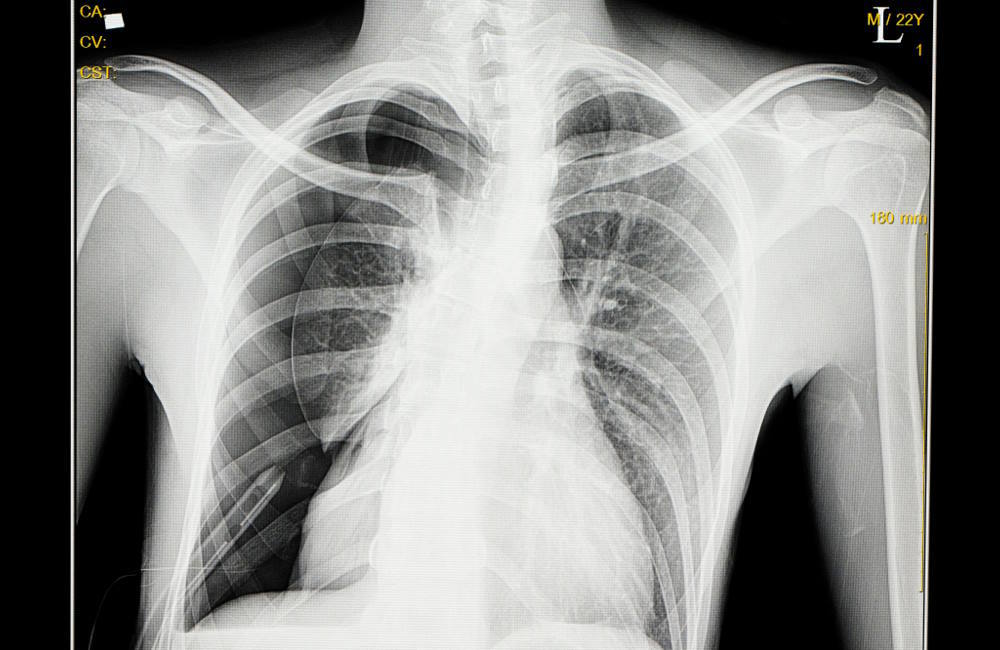
If you’ve experienced a collapsed lung, most likely your physician will want you to wait from one to three weeks before flying. That’s because the risk of a collapsed lung worsening increases if you are under the pressure of an airplane cabin at high altitudes.
That doesn’t mean you can never fly with a collapsed lung, however. Once a doctor has determined that enough time has passed, they will give you the green light to fly. At that point, many people feel more comfortable traveling with a medical professional such as a flight nurse who can both provide care and serve as a strong patient advocate.
As with other medical conditions, including a broken bone or head trauma, a flight nurse can provide the care you need and offer peace of mind during your flight.
What Is Pneumothorax?
The technical term for a collapsed lung is pneumothorax. It’s caused when air leaks into the space between the chest wall and the lung, pushing on the outside of the lung and making it collapse. Pneumothorax can involve a partial or a complete lung collapse.
A wide variety of issues can lead to pneumothorax. They include a blunt or penetrating chest injury or damage from underlying lung disease. Some medical procedures may also lead to a collapsed lung.
Symptoms can include sudden chest pain and shortness of breath. In some cases, a collapsed lung can be a life-threatening event.
Treatment for a Collapsed Lung
In most cases, a collapsed lung is likely to keep you grounded for a time, at least a few weeks. Treatment for pneumothorax can differ depending on the size of the pocket of air outside the lungs and the severity of the issue.
With a smaller pneumothorax, the situation sometimes gets better on its own. A doctor may treat a patient by giving them oxygen, waiting and observing the patient, then conducting a chest x-ray to see the extent of the problem.
A large pneumothorax that causes severe pain and breathing problems will typically require immediately removing the pocket of air, usually by inserting a chest tube through a small incision between the ribs. Air escapes from the tube. This requires hospitalization for as long as the tube stays in your chest.
When to Fly With a Collapsed Lung
As with other medical conditions, it is critical to get checked with a physician before deciding to fly with a collapsed lung. They can determine if the lung has healed sufficiently to allow you to fly. That’s because the pressure at high altitudes can cause the lung to collapse again if you have not sufficiently healed.
According to research published in the International Journal of Circumpolar Health, air travel “is generally safe 2–3 weeks after successful drainage of [pneumothorax].” They added that current guidelines from the Orlando Regional Medical Center and the British Thoracic Society recommend delaying air travel for at least 14 days.
When you do decide to fly, it is helpful to travel with someone with the experience to manage medical care and handle any situation that might arise during your flight. Partnering with a flight nurse from a non-emergency medical transport company provides assurance to both the patient and their family that they will arrive safely at their destination.